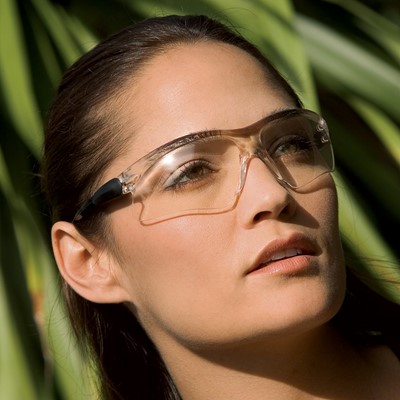Danger in Railroads: Safety Rules Around Tracks Include These 3 Hazards

There are approximately 147,000 workers employed in the rail industry as locomotive engineers, rail-track laying and maintenance equipment operators, railroad conductors and yardmasters, and more. While they all have different roles, there is one common factor between each-- the importance of working safely.
Collisions, derailments, and machinery malfunctions are obvious threats to rail workers, but many injuries are caused by unexpected events, such as being struck by an object, exposure to loud noises, and heat stress. Going home at night with no injuries is the ultimate goal. However, practicing safety every day and having the proper personal protective equipment (PPE) is vital to protecting yourself from these injuries and conditions.
Obstructed Line of Sight
Struck-by injuries involve a worker being hit by any piece of equipment or object that is falling, swinging or rolling. These injuries, as well as slips, trips and falls, are two of the Occupational Safety and Health Administration’s (OSHA) “fatal four” hazards. Both often occur because the worker’s line of sight was obstructed.
To avoid both of these injuries, it’s important that your peripheral vision is not obstructed. You should always be aware of your surroundings to avoid injury to yourself and others. Choose jackets with hoods that give you a clear view of everything around you, so that you can always see your coworkers, nearby equipment, and any vehicles in the area.
Exposure to Loud Noise
Occupational hearing loss is one of the most common work-related illnesses in the US. Unfortunately, the inability to hear well can be an obstacle to communication and social interaction and contribute to a decreased quality of life.
According to the National Institute for Occupational Safety and Health (NIOSH), the established recommended exposure limit for occupational noises is 85 decibels, A-weighted as an eight-hour time weighted average. Any exposure at or above this level is considered hazardous.
Jobs that involve working with or near track maintenance equipment or railroad construction equipment are just a few examples of jobs with prolonged noise exposures, and hearing protection should always be worn by these workers. There are different types of hearing protection to choose from, including ear muffs, disposable ear plugs, foam ear plugs, banded hearing protectors, and more. Finding one that works best for you and your job type is key to reducing any damage to your hearing.
Heat Stress
High temperatures and heavy workloads put workers at risk for developing heat stress during hot weather. Outdoor activities performed by track gangs, tie gangs and bridge crews often require employees to work in direct sunlight underneath layers of bulky protective clothing and equipment. Without a proper way to get rid of excess heat, the body stores it, resulting in heat rash, heat exhaustion or even heat stroke.
Fortunately, by following guidelines from the Centers for Disease Control and Prevention (CDC) and OSHA, heat stress can be avoided. One of the most common ways is to wear sunscreen. Sunburn affects your body’s ability to cool down and dehydrates you, so always make sure to wear sunscreen labeled “broad spectrum” or “UVA/UVB protection.” You should also drink fluids, including electrolyte-replacing drinks to replace any salt and minerals you lose through sweating. Lastly, check your local news for any extreme heat alerts, and take breaks in shady areas as much as possible.



